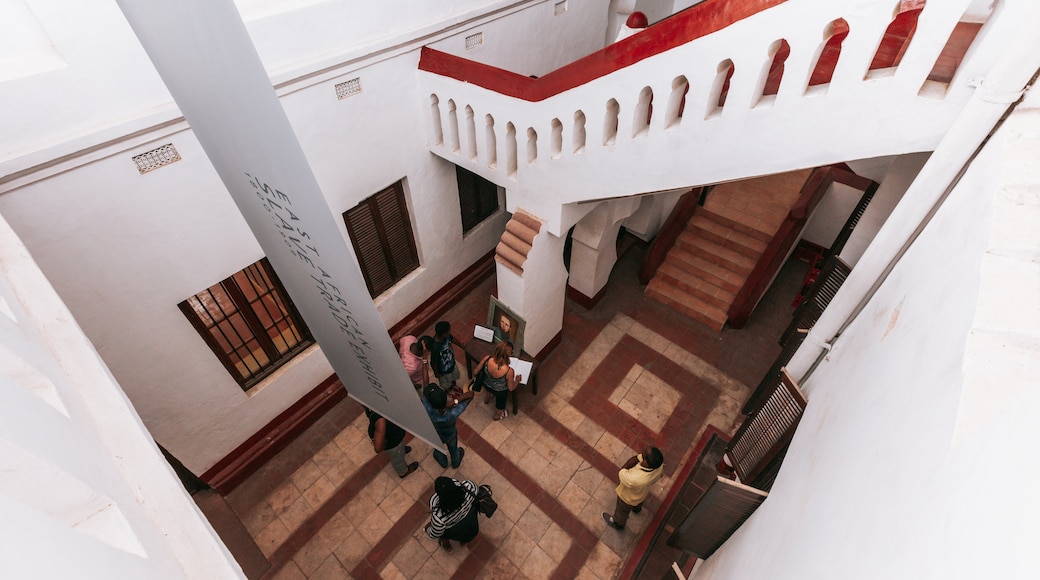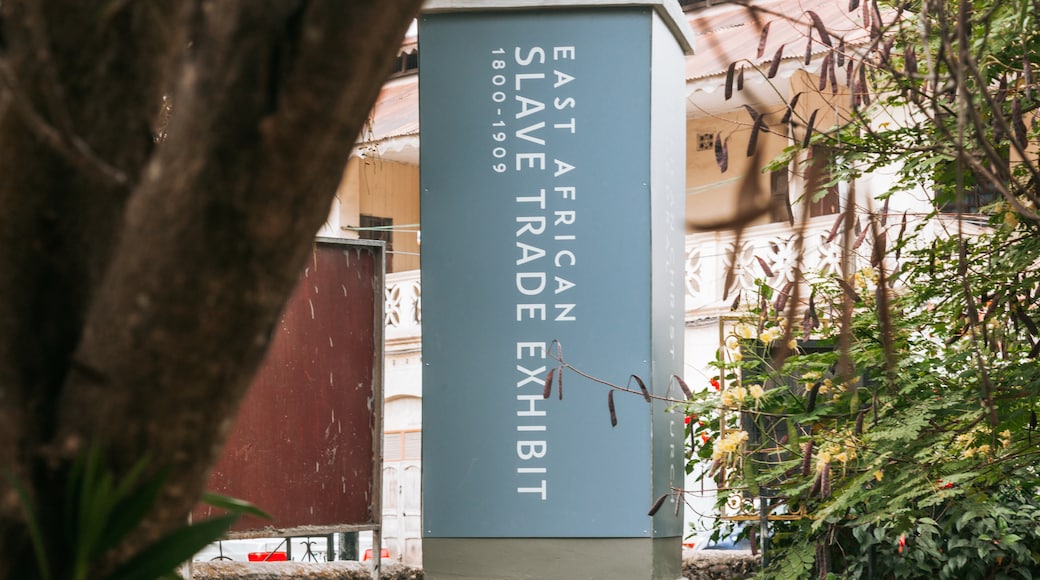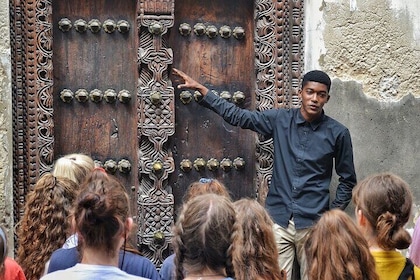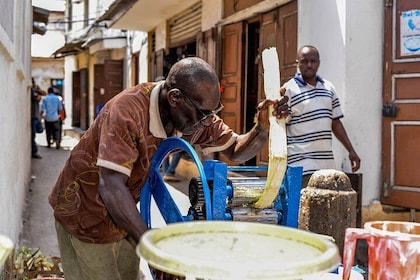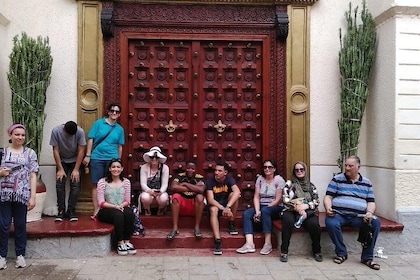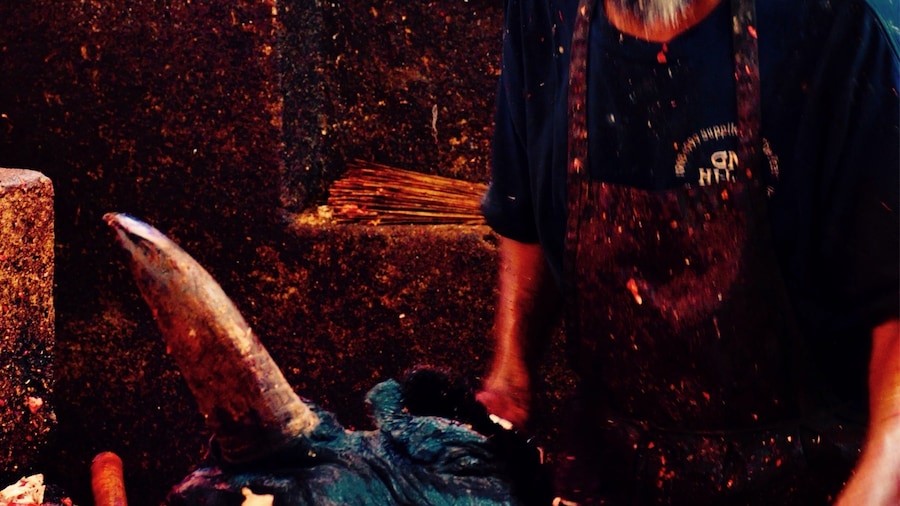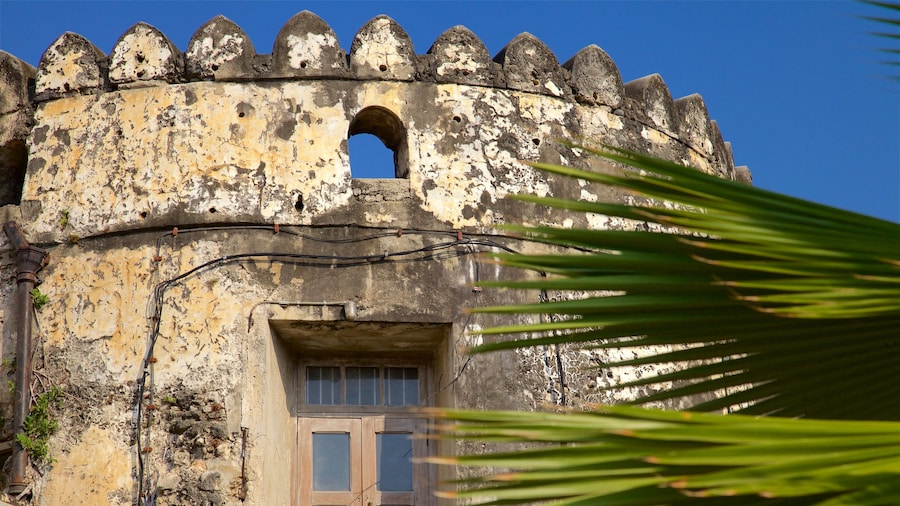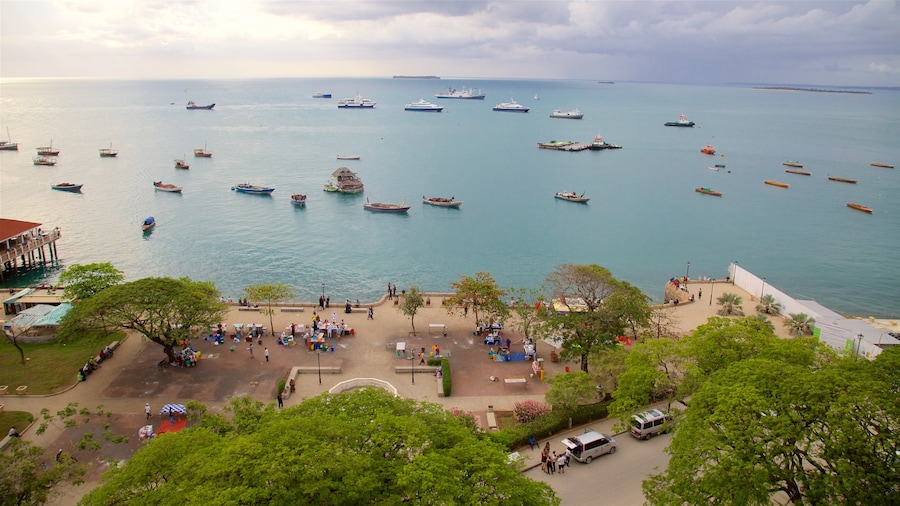An Anglican cathedral now stands on this site where slaves once suffered before being sold into harsh servitude.
The Slave Market of Stone Town has been inactive for decades, but memorials provide remembrance of the horrific acts that once took place here. Visit this site and reflect on the atrocities of the past as you stand in the shadow of the Anglican Church.
Learn about the important role slavery played in Zanzibar’s history. For nearly 1,000 years, Arab traders traveled to the interior of Africa as far as the Congo, where they purchased or kidnapped healthy young people. The slaves who didn’t perish on the long march to Africa’s eastern coast were put in dhows and transported to Zanzibar for sale.
Slaves were crowded into underground holding cells where they awaited the market day. Chained to a whipping post, they were slashed by stinging branches. Those best able to withstand the whipping drew the highest prices. Learn more facts about this brutal history in displays and excavations inside the church.
Slavery was officially banned in the nation in 1873 and the island’s market finally closed. In the 1870s the Anglican Cathedral was built over the site of the slave market. Near the altar, see the spot where the whipping post once stood.
Dr. David Livingstone, the Scottish missionary, was a key influence in driving awareness and abolitionist activities. Look for the cross that is a memorial to his efforts.
View an outdoor art installation of life-sized sculptures of slaves chained together in an open chamber, much less crowded conditions than the slaves actually experienced. The artwork is Memory for the Slaves by Clara Sornas.
The Slave Market of Zanzibar is near the center of Stone Town, about a 10-minute walk south of Zanzibar Port. Pay a fee to enter the Christ Church Anglican Cathedral to see the museum displays. Stone Town of Zanzibar has been identified as a UNESCO heritage site.



